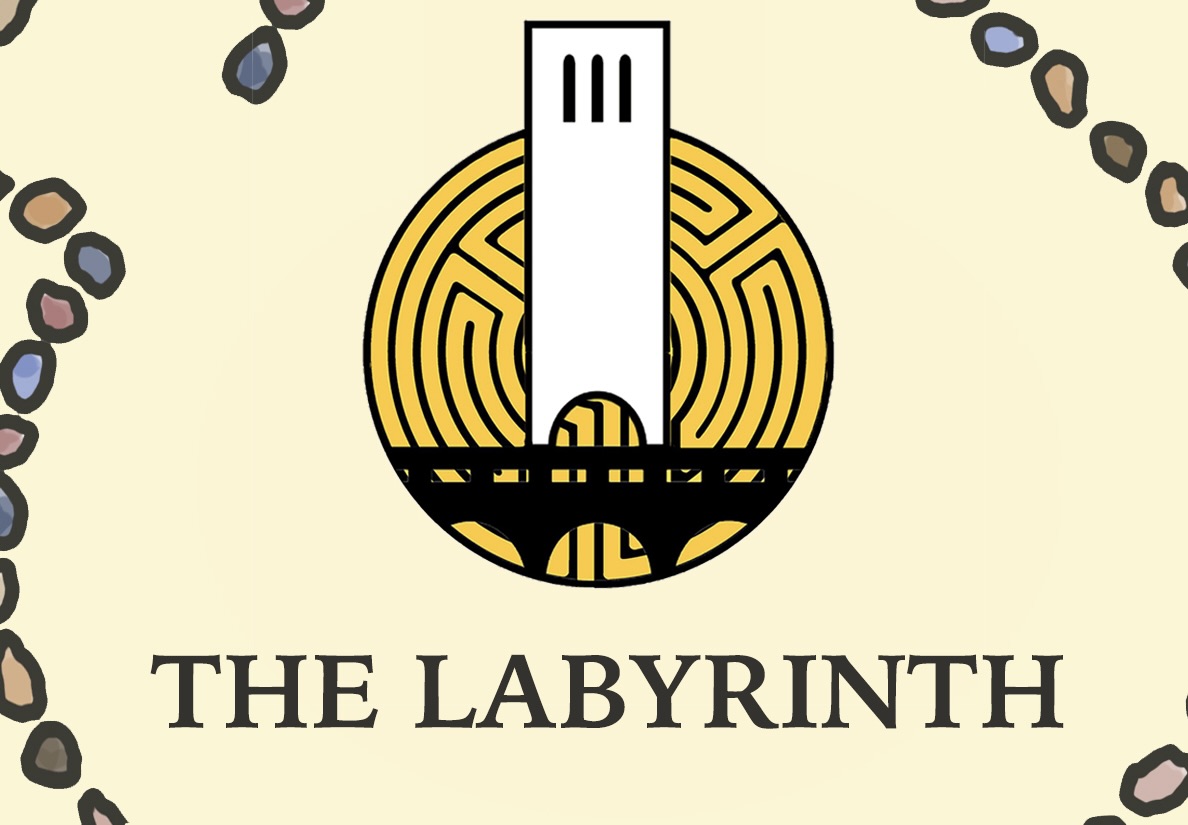Sometimes the easiest way to describe a filmmaker is to describe their previous film. For auteur Pablo Larraín, that was “El Conde,” a satirical reimagining of Chilean dictator Augusto Pinochet as a bloodthirsty vampire. As evidenced by “El Conde,” there’s a high-concept perspective, strong grasp of tone and historical focus present throughout Larraín’s work. His latest film, based on legendary opera singer Maria Callas, continues that trend.
“Maria” marks the third installment, after “Jackie” and “Spencer,” in Larraín’s pseudo-trilogy of historical biopics. Each one focuses on an iconic woman of the 20th century experiencing high stress and emotional volatility — Jacqueline Kennedy Onassis in the immediate aftermath of John F. Kennedy’s assassination and Princess Diana in her last Christmas with the royal family before divorcing Prince Charles. Larraín forsakes the traditional cradle-to-grave approach of most biopics in an attempt to capture a greater truth. His mission is simple: to humanize, empathize and essentially free these figures from the burden of their own iconic personas. Larraín posits that, by honing in on one moment in a person’s journey, viewers can extrapolate and learn much more about who they truly were than by seeing the entirety of their lives. It’s a fascinating approach, and one that works to varying degrees of success in “Jackie” and “Spencer.”
Like its predecessors, “Maria” is an imperfect yet compelling exercise. Shot by the talented Ed Lachman (“Erin Brockovich,” “Carol”) and written by “Peaky Blinders” creator Steven Knight, the creative team behind this movie is world-class, as is its star, Angelina Jolie, who is receiving serious Oscar buzz for this role.
On a technical level, “Maria” is astounding. Its sumptuous production design and gorgeous cinematography recall Paul Thomas Anderson’s exquisite “Phantom Thread.” Lachman’s relaxed camera is a more understated, yet no less awe-inspiring, evolution of Claire Mathon’s work on “Spencer.” The real star of the show, however, is the color grading. The stunning blue shades of the Paris sky and golden glow of the stage contrast with the monochromatic flashbacks, signifying the ways in which Callas comes to life while performing. Larraín’s arthouse visual sensibilities create a mesmerizing, moody atmosphere.
This, plus “Maria’s” nonlinear stream-of-consciousness editing, brings it closer to a tone poem than anything else. “Maria” is an art film through and through, complete with slow pacing that will certainly alienate some. “Jackie” elicits a similar feeling, but its central framing device lends it structure, while “Spencer” is governed by a more digestible central idea. “Maria” is the most dreamlike of the trio, which works to its disadvantage as much as it is intoxicating.
The film’s airy, lightweight quality will be controversial for those seeking clear definition. Everything in this film is evocative rather than literal. Those looking for concrete information on Callas will be disappointed, as Knight’s script is cloudy and nebulous. For example, the two-minute flashback to Callas’ childhood may seem vague and unsatisfying, but is effective in implying just enough about who this person was. Everything the audience needs to know about Callas is there, it’s just all implied.
That said, other criticisms about Knight’s script are valid. “Maria” allots much time to the titular character’s relationship with Aristotle Onassis, which is frankly uninteresting. The same can be said for its bewildering supernatural elements. The third act involves a baffling and plainly telegraphed twist involving ghosts. Perhaps a rewatch will bring more clarity to subplots that initially felt muddled or pointless.
The largest hurdle that “Maria” (and every biopic) has to clear comes in the form of a simple question: Why does this exist? What new idea is being brought to the table aside from the retelling of someone’s life? That question becomes even more difficult when telling such an undeniably tragic and dour story due to the inherent risk of cultivating pity instead of empathy. Larraín wants the audience to feel for these women, but also understand that they’re not simply hopeless victims.
In “Jackie” and “Spencer,” Larraín communicates this by providing both characters moments of strength, warmth and genuine human connection despite their unfortunate circumstances. Callas doesn’t receive the same treatment. There’s one (admittedly very powerful) scene where her warmth subtly manifests, but other than that it’s nonexistent. As a result, Larraín struggles to reach beyond Callas’s suffering. Granted, the film’s excellent and (pun-intended) operatic final scene can be interpreted as providing a kind of fulfillment for Callas, but it’s still incredibly tragic and devastating. “Maria” struggles to bring anything new to the table beyond the well-known tragedy of the titular character’s life and demise.
These issues would sink the film if not for one thing: Jolie’s triumphant performance. Similarly to Natalie Portman as Kennedy Onassis and Kristen Stewart as Princess Diana, Jolie turns in a stylized, mannered performance that’s equal parts transformational, meta and authentic. Jolie’s physicality serves Callas well and her lip-syncing is genuinely impressive. She completely sells herself as an opera singer, which is no easy feat. Jolie does an outstanding job portraying both the commanding, poised diva Callas projects to the world and the privately insecure, sad woman she actually is. Honestly, the film is worth watching for her powerhouse performance alone.
Ultimately, “Maria” is a flawed yet captivating film. It may not be as initially transfixing as “Jackie,” but it most definitely merits a watch. I know I’ll be thinking about it for a long time.
7/10

















